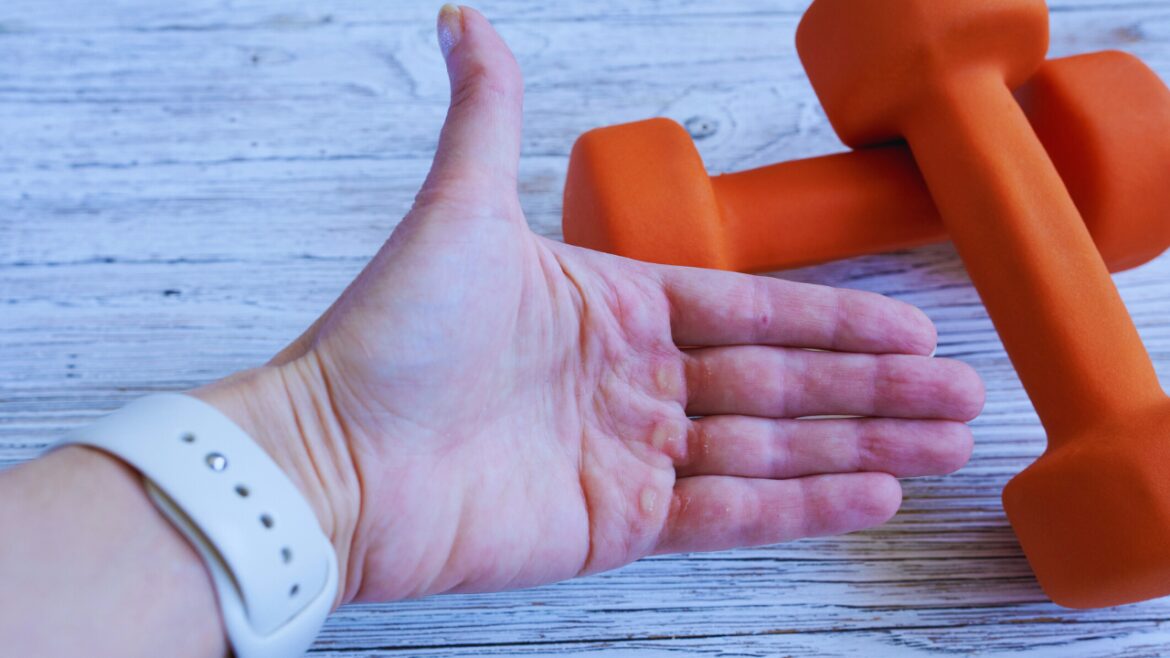Table of Contents

When you start hitting the gym regularly, the last thing you might expect is for your palms to start toughening up. However, this is for both men and women who are into weight training or use gym equipment regularly.
The process of working out can lead to the development of calluses—hard, thickened areas of skin that form as a result of friction and pressure. While these rough patches may seem unsightly or uncomfortable, they are your body’s way of protecting your hands from injury.
Here's a simple guide to understand why this happens, how to manage it, and what steps you can take to prevent or treat hard hands.
What Causes Hard Hands
Repeated Friction: When you grip weights, barbells, or even resistance machines, the repeated rubbing between your hands and the equipment causes small tears in your skin. Over time, your body responds by creating calluses to toughen the skin and reduce future damage.
Pressure from Lifting: The pressure applied when lifting heavy objects in the gym compresses the skin, especially on the palms and fingers. This continuous pressure is another reason why calluses form, as it helps the skin become more resilient.
Why Calluses Aren’t Always Bad
While the idea of rough hands may not be appealing to everyone, calluses serve a protective purpose. If your hands didn't toughen up, you'd experience painful blisters or even skin tears. For both men and women, calluses can help you avoid injury and allow you to continue working out without discomfort.
However, letting your hands get too rough can become uncomfortable, or you might simply not like the way they look. Luckily, there are ways to manage them.
Tips to Manage Calluses
Wear Gloves: One of the easiest ways to protect your hands from developing calluses is by wearing gym gloves. They act as a barrier between your skin and the equipment, reducing the amount of friction and pressure on your hands.
Moisturise Regularly: Dry skin can make calluses worse, so be sure to moisturise your hands after each workout. Look for hand creams or lotions that are rich in hydration and focus on areas prone to hardening.
File Down Calluses: If your calluses become too thick or uncomfortable, you can gently file them down using a pumice stone or callus remover. This will smooth the rough patches while still keeping your skin protected.
Adjust Your Grip: Sometimes, changing how you grip the weights or bars can reduce pressure on your hands. Experiment with different grips to find one that feels comfortable without putting too much strain on your skin.
Take Breaks: If your hands are becoming too rough, give them time to heal by taking short breaks from weightlifting or using resistance machines. This gives your skin a chance to recover and prevents calluses from becoming painful.

